What Does Being Laid Off Mean In Golf?
It's a term often heard in golf but what does it actually mean? Here, we explain...
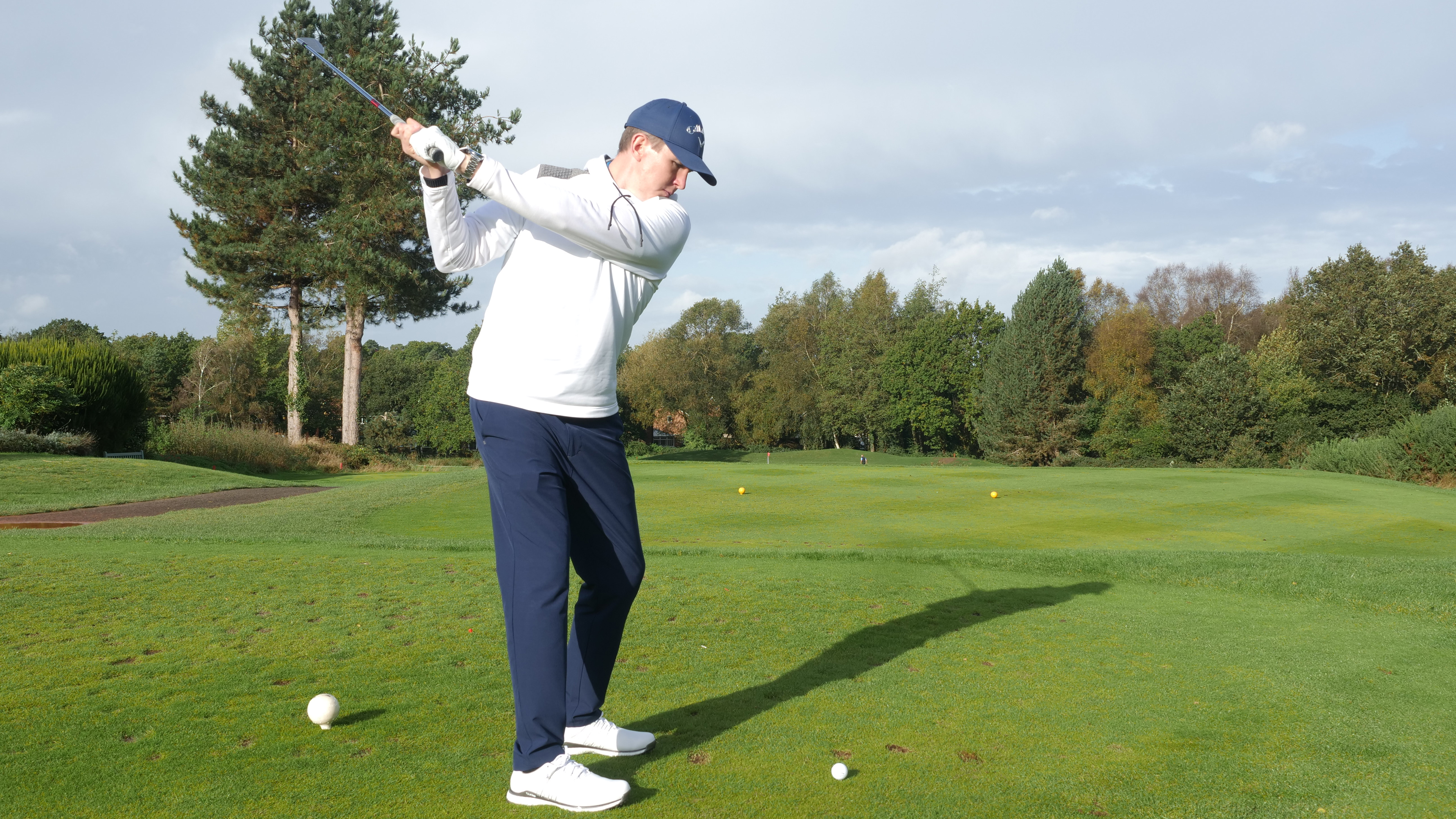

We’ve all heard this bit of swing-related terminology, but what does being laid off mean in golf? Well, that’s the question we put to PGA professional Ben Emerson in this video and article, which you can check out below...
“Problems seem to come in pairs,” Ben begins. At the top of the swing, if the club is pointing left of target, that is what’s known as being laid off. Conversely, if the club points to the right of the target, that would be across the line.
RELATED: Most forgiving irons
While good golf can be played from both positions, what we’d like to see is a club that points bang down the target line. Being laid off means the club is underneath the ideal plane, which can make it difficult to square up at impact, leading to a myriad of potentially disastrous shots.
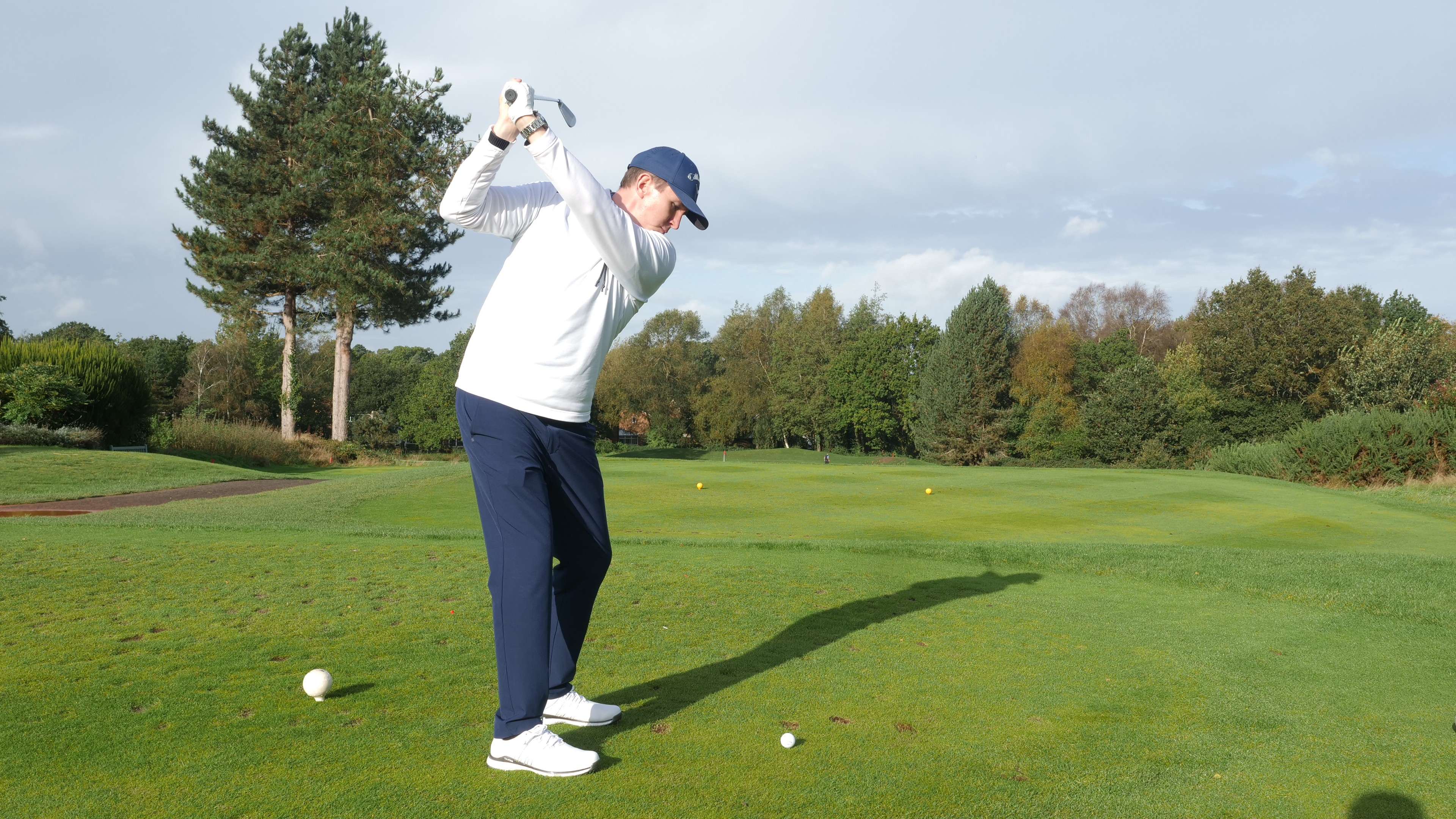
A club pointing down the target line at the top of the swing will lead to more consistency
And getting into this inefficient position is usually a consequence of something that happens at the start of the swing. In the all-important takeaway, a lot of golfers roll their forearms early, causing the path of the club to track inside and behind the golfer. Turning to the top from there will leave the club pointing a long way left.
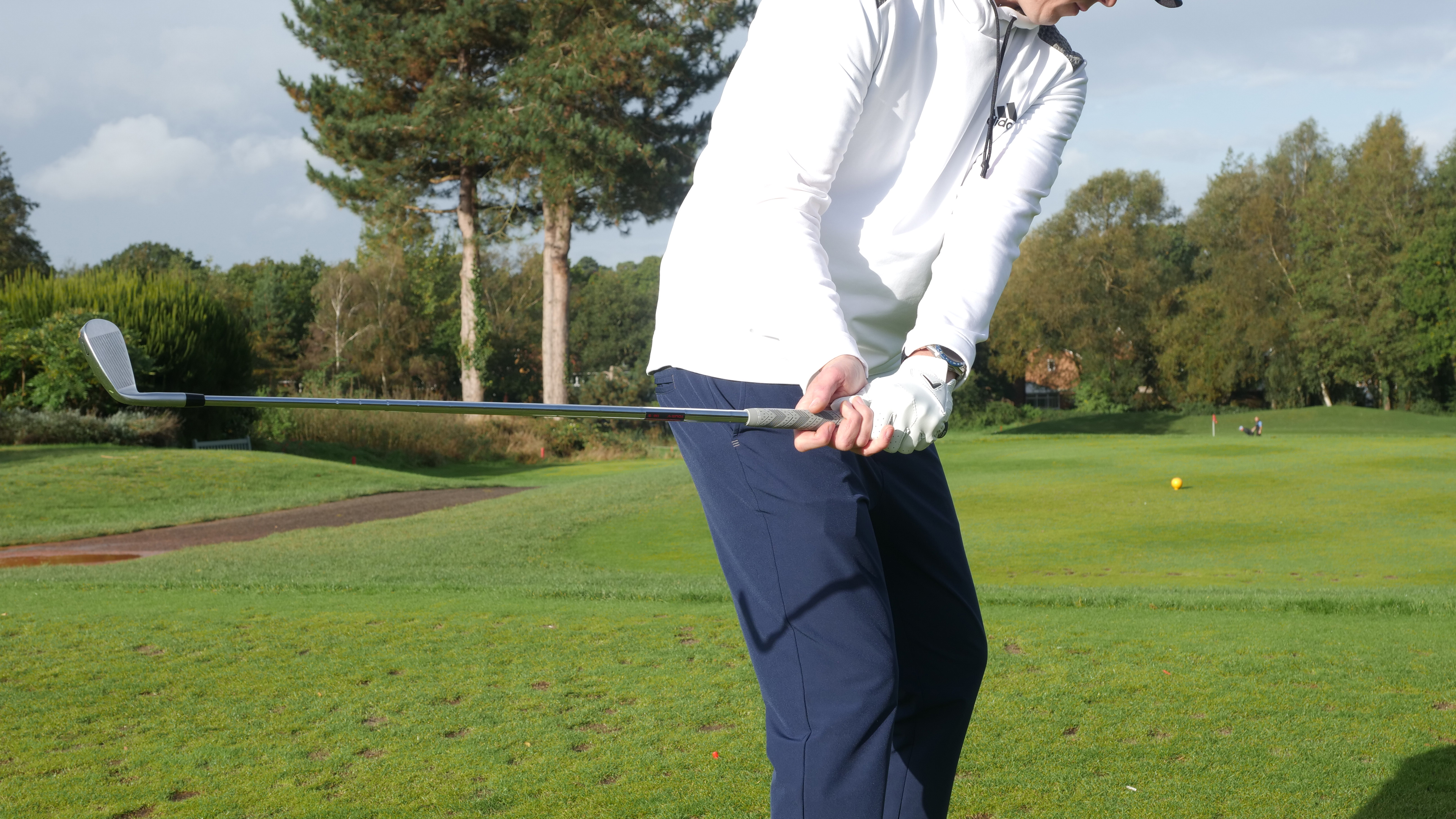
Being laid off is often a consequence of this move early in the swing
A handy checkpoint for those who struggle with this is to work on getting the club to cover the hands at the point where the shaft is parallel to the ground. That might mean setting up a camera when you practise or getting a friend to film the odd swing for you, but it’ll be worth it when you’re hitting consistently better shots.
RELATED: 5 biggest golf swing mistakes and how to fix them
Get the Golf Monthly Newsletter
Subscribe to the Golf Monthly newsletter to stay up to date with all the latest tour news, equipment news, reviews, head-to-heads and buyer’s guides from our team of experienced experts.
Also, don’t worry if you overdo or underdo it slightly as it’s nigh-on impossible to nail the perfect position each time. However, if you’re getting close it means the club won’t be getting stuck behind you early and compromising the rest of the swing.
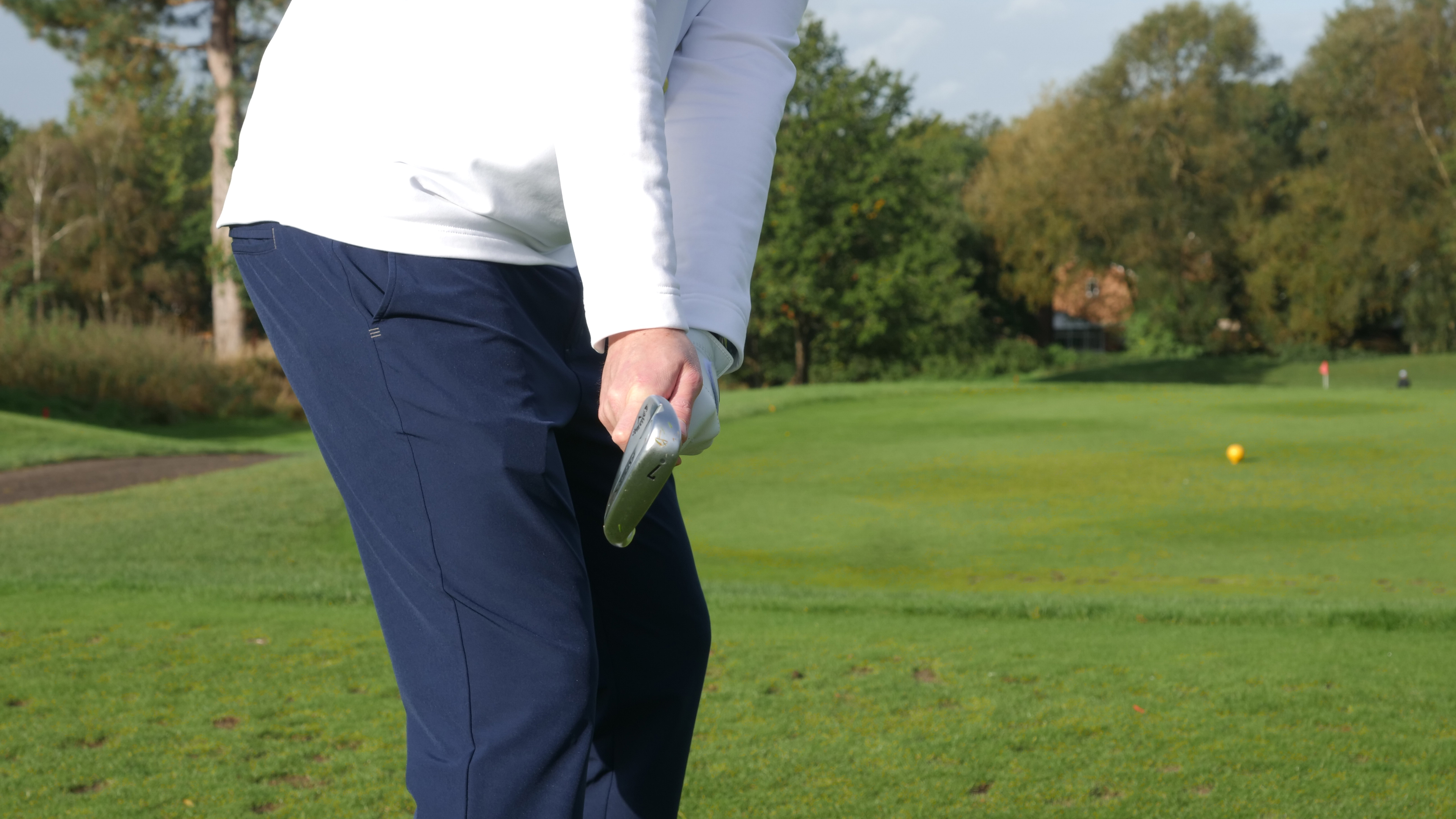
Here, the club is on plane and matching the spine angle - perfect
While working on keeping the hands more in and the club more out, you should also notice that the clubhead is a little closed in the takeaway, matching the angle of the spine - that’s a great place to be.
So, in summary, being laid off means the club is pointing way left of target at the top of the backswing. While such a position has worked well for the likes of Matt Kuchar and Rickie Fowler, it’s not something to be encouraged for club golfers as it usually leads to compensations and a lack of consistency.

A lifelong golf fan, Andy graduated in 2019 with a degree in Sports Journalism and got his first role in the industry as the Instruction Editor for National Club Golfer. From there, he decided to go freelance and now covers a variety of topics for Golf Monthly.
Andy took up the game at the age of seven and even harboured ambitions of a career in the professional ranks for a spell. That didn’t pan out, but he still enjoys his weekend golf at Royal Troon and holds a scratch handicap. As a side note, he's made five holes-in-one and could quite possibly be Retief Goosen’s biggest fan.
As well as the above, some of Andy's work has featured on websites such as goal.com, dailyrecord.co.uk, and theopen.com.
What's in Andy's bag?
Driver: Callaway Mavrik Sub-Zero (9°)
3-wood: TaylorMade Stealth 2 Plus (15°)
Driving iron: Titleist U500 (17°)
Irons: Mizuno mp32 (4-PW)
Wedges: Titleist Vokey SM9 (50°, 54° and 58°)
Putter: Titleist Scotty Cameron Newport 2.5
Ball: TaylorMade TP5x
-
 Justin Thomas Confirms Stand-In Caddie Will Not Replace Long-Term Looper After First Victory Since 2022
Justin Thomas Confirms Stand-In Caddie Will Not Replace Long-Term Looper After First Victory Since 2022Thomas won the RBC Heritage with Max Homa's former looper, Joe Greiner as his assistant but is looking forward to welcoming his regular caddie back soon
By Jonny Leighfield
-
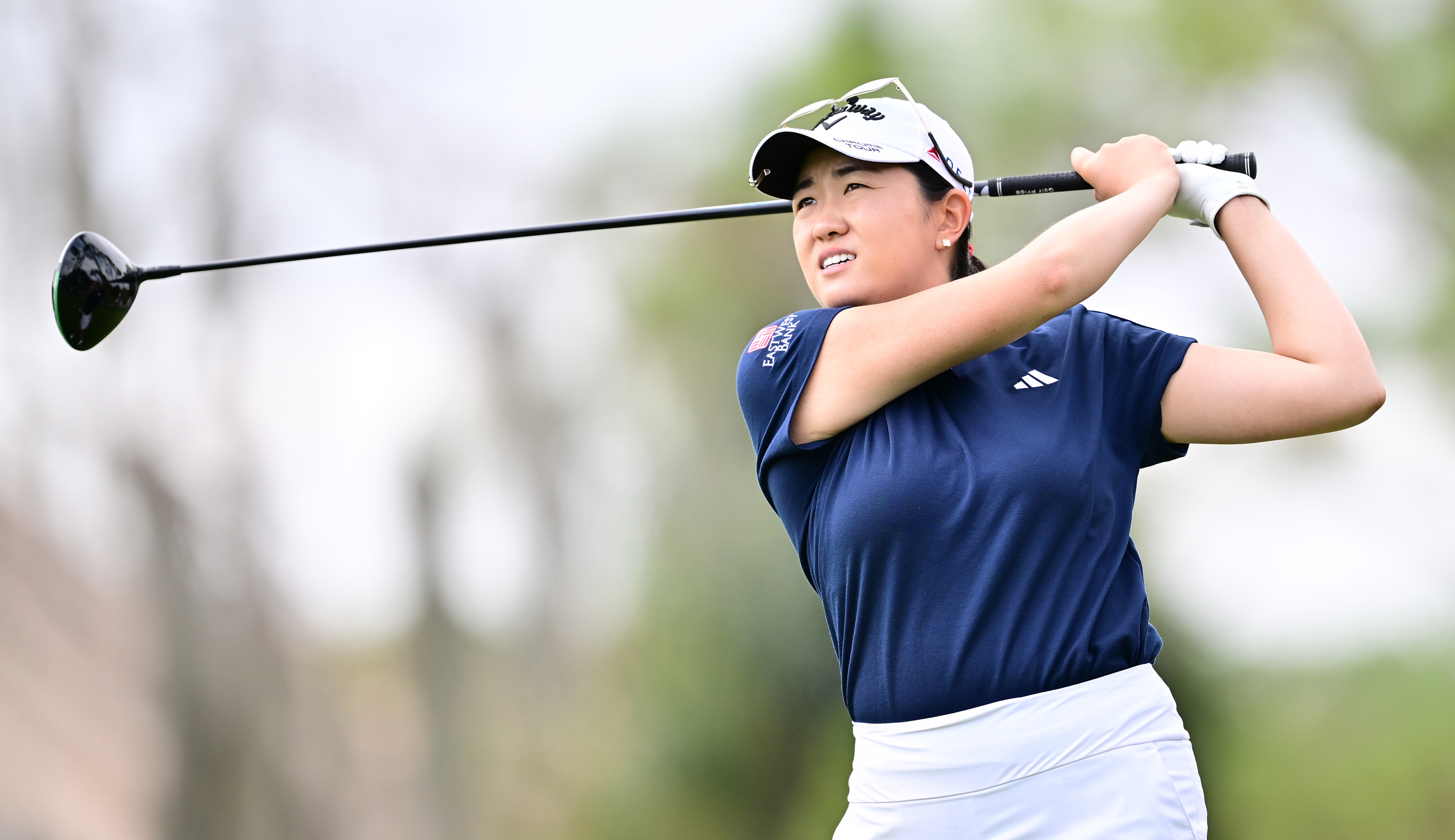 Rose Zhang Ruled Out Of Chevron Championship
Rose Zhang Ruled Out Of Chevron ChampionshipThe American hasn't featured in a competitive event since withdrawing from the T-Mobile Match Play, with it reported that Zhang will miss the Chevron Championship due to an ongoing neck injury
By Matt Cradock